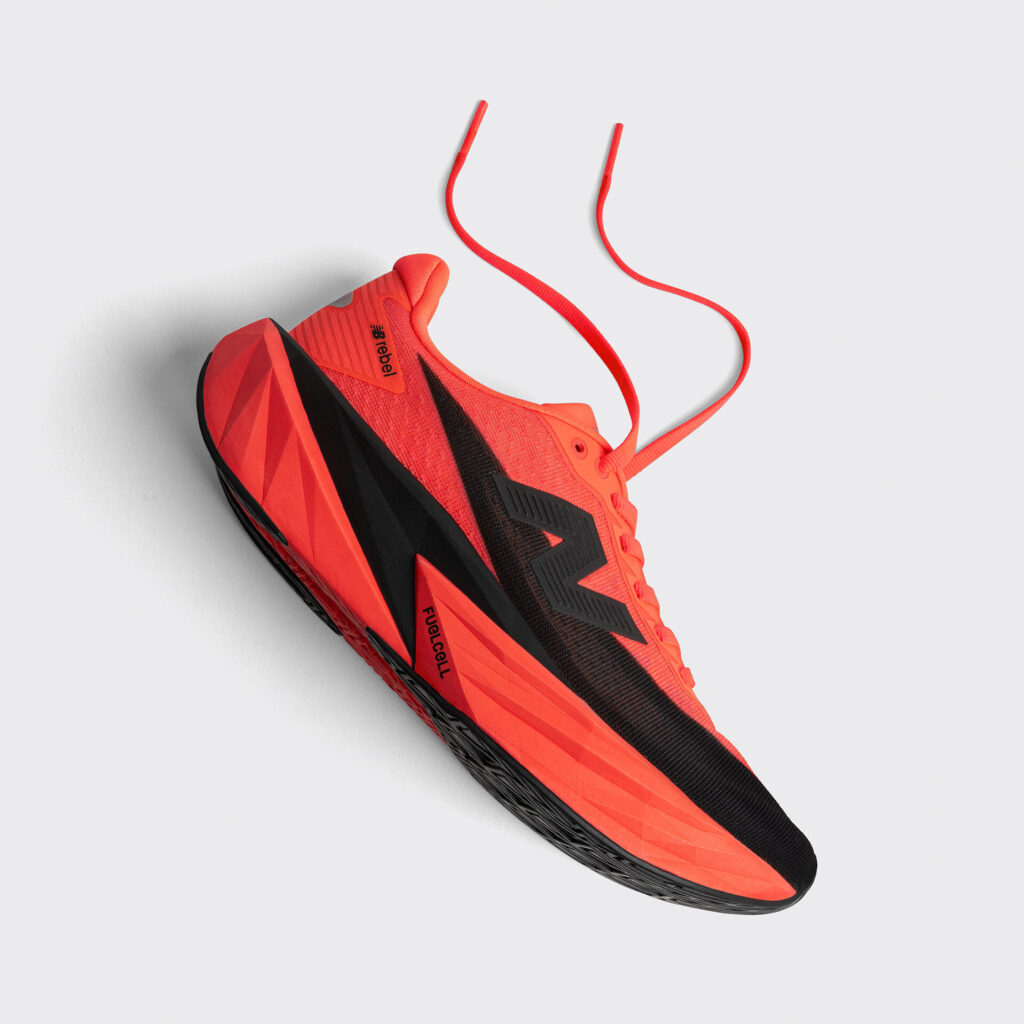The deadlift is an incredible lift, one of the most highly regarding in the fitness world for it’s ability to target most of the major muscle groups. It works more muscles than most other lifts, and is relatively simple when done correctly. Note: When. Done. Correctly.
The oft-overlooked lift is a go-to for strongmen and athletes alike, including one of Australia’s strongest men, Rob Forte.
“I didn’t really do deadlifts before CrossFit,” Forte explained to Men’s Health back in 2016. “Strength takes time. That’s been the biggest thing I’ve needed to work on. Still is.”
Now Forte is a huge advocate for deads, urging his athletes to incorporate them into their program whenever possible. As well as making you stronger, they’ll reveal any mobility issues you may have.
“Say your lower back pulls up sore every time you deadlift,” says Forte. “Well, most likely your hamstrings and glutes aren’t activating. They’re not doing what they should do, and that carries over to everyday life. It’s a wake-up to call to iron out those weaknesses instead of ignoring them.”
How to do a deadlift
With your feet flat beneath the barbell, squat down and grasp it with your hands roughly shoulder-width apart, says personal trainer Christian Finn. Keep your chest up, pull your shoulders back and look straight ahead rather than up or down. Lift the bar, keeping it close to your legs and focus on taking the weight back onto your heels (rather than your toes). Think about pulling the weight towards you on the way up. Lift to thigh level, pause, then return under control to the start position.
Let the weight come to a complete rest between each rep. While it’s on the floor, take a second or two to make sure your body is in the correct position – chest up, upper back tight and eyes looking forward – before lifting it up again.
When to start a deadlift
At the start of a workout when you’re freshest. Deadlifts are a great compound move for a lower body workout, or when you’re training your back.
Superset with… dips or pull-ups.
How many sets and reps of deadlifts should I do?
Beginner: 4 sets of 6 reps. Use the same weight in each set. As soon as you’re able to do 4 sets of 6 reps of the deadlift increase the weight in the next workout. Take 2-3 minutes rest between sets.
Intermediate: 3 sets of 5 reps. Use the same weight in each set. As soon as you’re able to do 3 sets of 5 reps, increase the weight in the next workout. Take 2-3 minutes rest between sets.
Advanced: 5 sets of 5 reps. Rather than using the same weight in each deadlift set, ramp up to your heaviest weight over 5 sets, with the final set performed with the heaviest load you can deadlift for 5 reps. Take as long as you need between sets to get your breath back.
How to do a Romanian deadlift
Muscles targeted Biceps femoris
Form tweak Romanian Deadlift. Similar to the stiff-legged deadlift, the main difference with the RDL is that your back should remain slightly arched, your knees should be bent slightly (10-20 degrees) and your hips should move backwards as you lower the bar just below the knee before returning to the starting position. Make sure to keep the bar close to your body.
Get bigger thighs
Muscles targeted: Quadriceps
Form tweak: Trap bar deadlift. As well as building up the muscles in your neck and traps, this deadlift variation doesn’t require you to bend forward as much. Which means it reduces the work done by the lower back, glutes and hamstrings, and moves it over to your thighs. If your gym doesn’t have a trap bar, try dumbbell box squats.
Stand on a low-height box with a dumbbell in each hand held hammer-style (palms facing towards your body). Do regular squats with the weights hanging over the edge of the box. Pause as the weight touches the ground then return to a fully upright start position.
Improve your inner thighs and glutes
Muscle targeted Gluteus maximus and adductor magnus
Form tweak Sumo deadlift. Like the regular deadlift, but with a couple of key differences. Firstly, your stance should be a little wider than shoulder-width with your toes pointing slightly outwards. Also, when you take hold of the bar, your arms should be on the inside rather than the outside of your thighs.
Are deadlifts good for weightloss?
Compound lifts – working multiple muscles in a single exercise – are the benchmark of practical strength, and no exercise works more muscles than the deadlift. It’s great for both size and functional fitness; two studies in The Journal for Strength and Conditioning Research shows deads help athletes run faster and jump higher than those who leave the lift.
Is the deadlift bad for you?
Deadlifts are guaranteed to do one of two things: build size quickly, or stop you walking for a while. The difference lies in your form, which needs to be perfect before you stack on the weight and risk injury.
“Doing the deadlift with good form teaches you to activate the stabilising muscles around the spine,” says Dr. Lars Berglund. “It also strengthens your glutes, which are often weak in people with back pain.”
Can deadlifts help you lose belly fat?
By working your legs — the largest muscles in your body — you’ll start burning way more calories compared to the likes of the leg press or leg extension. Similarly, by deadlifting smarter, you’ll be able to lift more weight. For example, using a trap bar. This medieval torture-looking device spreads the weight more evenly across your back and allows you to lift up to 20kg more, providing an instant physical and mental boost.
A version of this article originally appeared on Men’s Health UK.













